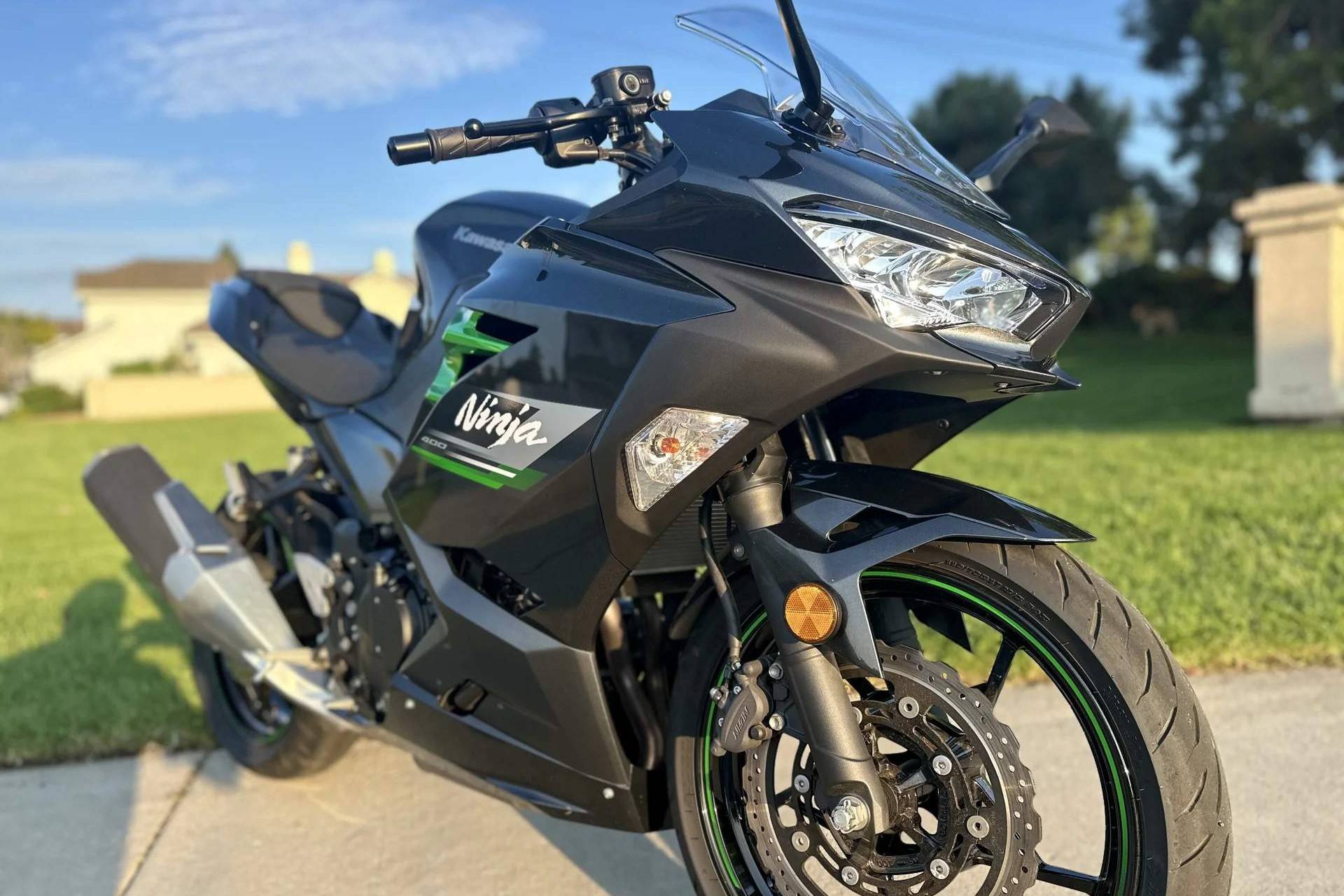
Fairings play a crucial role in aerospace and automotive industries, but what exactly are they? Fairings are structures or panels that smooth out airflow, reducing drag and improving efficiency. They are commonly found on aircraft, rockets, and even motorcycles. These components not only enhance performance but also protect vital parts from environmental elements. Whether you're a space enthusiast, a car buff, or just curious, understanding fairings can offer fascinating insights into engineering marvels. Ready to dive into 33 intriguing facts about fairings? Buckle up and get ready to explore the world of aerodynamics and design!
What are Fairings?
Fairings are essential components in various fields, especially in aerospace and cycling. They help reduce drag, improve performance, and protect vital parts. Here are some fascinating facts about fairings.
-
Fairings in Aerospace: Fairings are used on rockets to protect payloads during launch. They shield satellites and other equipment from aerodynamic forces.
-
Material Matters: Fairings are often made from lightweight materials like carbon fiber or aluminum to minimize weight while maintaining strength.
-
Reusable Fairings: SpaceX has developed reusable fairings, significantly reducing the cost of space missions.
-
Cycling Fairings: In cycling, fairings are used to improve aerodynamics, helping cyclists achieve higher speeds with less effort.
-
Motorcycle Fairings: These are used to reduce air drag and protect riders from debris and wind.
-
Boat Fairings: On boats, fairings help reduce water resistance, improving speed and fuel efficiency.
-
Aircraft Fairings: These are used to smooth out the surfaces of aircraft, reducing drag and improving fuel efficiency.
-
Historical Use: Fairings have been used since the early days of aviation to improve the performance of aircraft.
-
Noise Reduction: Fairings can also help reduce noise by smoothing airflow around an object.
-
Temperature Control: In space missions, fairings help protect payloads from extreme temperatures during launch.
Types of Fairings
Fairings come in various shapes and sizes, each designed for specific purposes. Here are some types of fairings you might encounter.
-
Nose Cone Fairings: These are used on rockets to protect the payload during launch and ascent.
-
Wheel Fairings: Found on small aircraft, these cover the wheels to reduce drag.
-
Engine Fairings: These cover aircraft engines to improve aerodynamics and protect the engine from debris.
-
Wing Fairings: Used on aircraft wings to smooth out airflow and reduce drag.
-
Tail Fairings: These are used on the tail section of aircraft to improve stability and reduce drag.
-
Bicycle Fairings: These are used on racing bicycles to improve aerodynamics.
-
Motorcycle Fairings: These come in various styles, including full fairings that cover the entire bike and partial fairings that cover only certain parts.
-
Boat Fairings: These are used on the hull of boats to reduce water resistance.
-
Satellite Fairings: These protect satellites during launch and are jettisoned once the satellite reaches space.
-
Automotive Fairings: Used on race cars to improve aerodynamics and reduce drag.
How Fairings Work
Understanding how fairings work can give insight into their importance in various applications.
-
Aerodynamic Shape: Fairings are designed with smooth, aerodynamic shapes to reduce drag and improve performance.
-
Laminar Flow: They help maintain laminar flow, which is a smooth flow of air or water over a surface, reducing turbulence.
-
Drag Reduction: By reducing drag, fairings help vehicles move faster and more efficiently.
-
Protection: Fairings protect vital components from environmental factors like wind, debris, and temperature extremes.
-
Fuel Efficiency: By reducing drag, fairings help improve fuel efficiency in vehicles like aircraft and boats.
-
Noise Reduction: Fairings can help reduce noise by smoothing airflow and reducing turbulence.
-
Stability: In aircraft, fairings can improve stability by reducing turbulence and drag.
-
Weight Considerations: Fairings are made from lightweight materials to minimize their impact on the overall weight of the vehicle.
Innovations in Fairings
Fairings have evolved significantly over the years, with new materials and designs improving their performance.
-
Composite Materials: Modern fairings are often made from composite materials like carbon fiber, which are strong and lightweight.
-
3D Printing: Some fairings are now made using 3D printing technology, allowing for more complex and efficient designs.
-
Reusable Fairings: Companies like SpaceX are developing reusable fairings, which can be recovered and used in multiple missions.
-
Smart Fairings: Some fairings are equipped with sensors and other technology to monitor their performance and condition.
-
Eco-Friendly Fairings: New materials and designs are being developed to make fairings more environmentally friendly, reducing their impact on the planet.
Fairings: The Unsung Heroes of Aerodynamics
Fairings play a crucial role in making vehicles more efficient. They reduce drag, improve fuel efficiency, and enhance overall performance. Whether on airplanes, rockets, or motorcycles, these aerodynamic components are vital for smooth travel.
Understanding fairings helps appreciate the engineering marvels that make modern transportation possible. From reducing noise to protecting vital parts, fairings are more than just sleek covers. They represent innovation and progress in design and technology.
Next time you see a plane or a sleek motorcycle, remember the fairings working behind the scenes. These often-overlooked parts are essential for the speed and efficiency we sometimes take for granted. So, keep an eye out for these aerodynamic wonders and appreciate their contribution to our fast-paced world.
Was this page helpful?
Our commitment to delivering trustworthy and engaging content is at the heart of what we do. Each fact on our site is contributed by real users like you, bringing a wealth of diverse insights and information. To ensure the highest standards of accuracy and reliability, our dedicated editors meticulously review each submission. This process guarantees that the facts we share are not only fascinating but also credible. Trust in our commitment to quality and authenticity as you explore and learn with us.
